China is one of the world’s oldest nations – it’s been around for about 4,000 years. And just like most other countries and cultures with such a long, rich history, dogs have played an important role in the lives of the local citizens.
In fact, China is the birthplace for many of the most popular breeds in the modern world. Below, we’ll take a look at some of the most notable breeds developed there and explain a bit about their history.
1. Shar-Pei
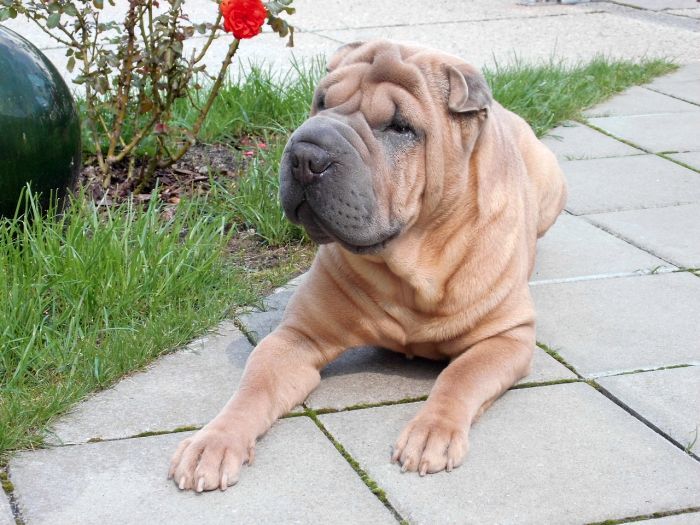
Shar-Peis (sometimes called Chinese Shar-Peis) are thought to hail from the southern provinces of China. No one knows exactly when they were first developed, but there is some evidence that suggests the breed is at least 2,000 years old, making them one of the most ancient dog breeds still around today.
The first Shar-Peis were expected to hunt, herd livestock, and protect their owners from danger, but modern Shar-Peis are usually kept as family pets.
Shar-Peis bond strongly with their owners, but they often remain distant and aloof around strangers, and they can be antagonistic toward other dogs. They don’t like being very far from their families, but they are independent dogs who have a relatively stubborn nature that often presents training challenges.
Despite reaching respectable sizes (most are in the 45- to 55-pound range), they adapt well to apartment life. They’re also pretty low-maintenance dogs, with modest exercise requirements and relatively hassle-free coats which don’t require much grooming.
2. Chow Chow
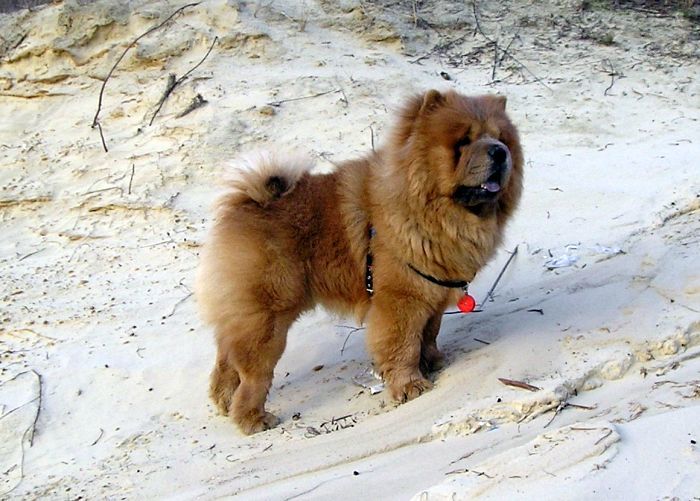
Like the Shar-Pei, the Chow Chow is another very old dog breed – some experts believe they are one of the oldest breeds around.
They appear to have been developed by nomads living in southern Mongolia or northern China, and they were primarily used for hunting and protection. Because of their owners’ nomadic lifestyle, Chows quickly spread throughout much of Asia.
Chows first showed up in the US in the late 19th century, and the American Kennel Club (AKC) first recognized the breed in 1903. Since that time, they’ve become pretty popular with Western dog lovers, and several historical figures – including President Calvin Coolidge and Sigmund Freud — have kept them as pets.
Chows remain popular in the modern world, but they’re somewhat unusual dogs. They are often difficult to train, and they have an independent streak a mile wide, making them poor breed choices for first-time dog owners. They aren’t the type of dog to greet everyone with a wagging tail and smiling face, so early and frequent socialization is important to ensure they don’t react aggressively to people or pets.
Be sure that you meet a few Chows before adding one to your family, to ensure that you like their slightly odd demeanor. It’s also important to understand that their coats require twice or thrice weekly brushings to prevent mats from forming.
3. Pekingese
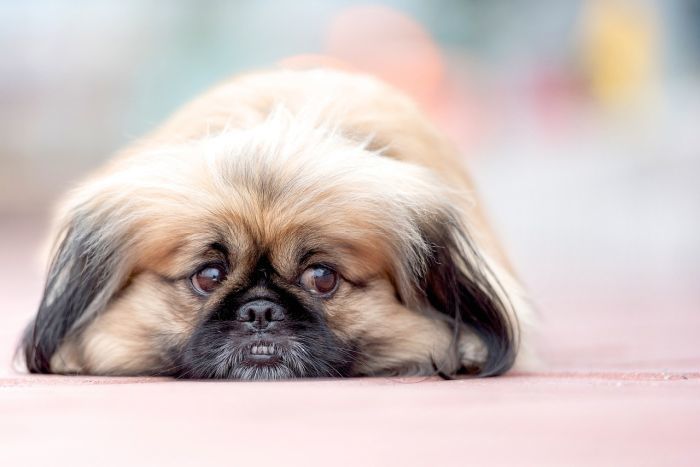
Originally developed to accompany China’s imperial leaders, the Pekingese has an impressive history that stretches back for centuries. Based on the proud and dignified way they carry themselves, they appear to know exactly how fancy they are. Add a Pekingese to your family and he’ll surely walk around your home like he owns the place.
Pekingese are loving lap dogs who rarely like to stray far from their favorite person, but they’re pretty skittish around strangers. This actually makes them pretty good watchdogs, although some tend to develop nuisance barking behaviors. Like most other toy breeds, they don’t need a whole lot of exercise, and they adapt well to apartment life.
You’ll need to be a firm, but loving owner to keep your Pekingese from becoming a little dictator, and unfortunately, they aren’t always terribly easy to train. They don’t always get along well with other dogs, and they actually have a really well-developed prey drive, so you’ll need to keep them on a short leash (literally and figuratively) during walks.
Nevertheless, Pekingese make great pets when matched to the right owner. You’ll just have to be sure that you are willing to provide the frequent grooming they need (they shed quite a bit) and that you are willing to be patient on the training front.
Check out 9 of the best dog foods for Pekingese!
4. Shih Tzu

Originally developed thousands of years ago, shih tzu became famous when they began accompanying the royal family of the Ming Dynasty. In fact, shih tzu have a history that is just as regal as that of the Pekingese – they just don’t act the part.
In contrast to the pompous and proud personality that characterizes the Pekingese, the shih tzu is an incredibly outgoing breed who wants to make friends everywhere he goes.
Shih tzu win over many people through the combination of their long, silky hair and heart-melting faces. They are really sweet dogs who love going everywhere with their families. They are pretty smart too, although they aren’t especially easy to train. In fact, most shih tzu struggle mightily with the concept of housebreaking, which can cause owners a bit of frustration.
Shih tzu are great pets for adults or older children, but they aren’t really appropriate for toddlers or young children. They are pretty playful, but they don’t need a whole lot of exercise (simply following you around on foot all day is pretty serious exercise for such short-legged pooches).
Like many other short-faced breeds, shih tzu are not well-suited for the heat, so you’ll need to let them lounge about in an air-conditioned home during the summer and may want to consider cooling dog beds in the heat. Finally, be aware that shih tzu require very frequent grooming to keep their coat healthy and looking good.
Check out some of the best dog foods for shih tzu!
5. Pug

The pug is another short-faced lap dog that was originally bred in China. First developed around 200 B.C. during the Han Dynasty, pugs made their way to Europe during the Renaissance, where their popularity simply exploded.
In fact, pugs have palled around with a number of noteworthy historical figures, including Marie Antoinette and Josephine Bonaparte (wife of Napoleon Bonaparte).
Pugs reached America around the middle of the 19th century, and they quickly became one of the country’s favorite breeds. They aren’t quite as popular anymore (they’re the 32nd most popular breed out of the 194 recognized by the AKC), but you’ll still see plenty of them at local dog parks, pet stores, and vet offices.
Pugs have some of the same breathing and heat-tolerance issues that other short-faced dogs do, but they’re a bit more energetic and playful that Shih Tzus and Pekingese. They are generally very friendly with humans and other pets, although most pugs will demand the spotlight, as they love being the center of attention.
Pugs are also bigger than most other lap dogs. The largest (healthy) pups typically hover around the 20-pound mark, but they’re unfortunately susceptible to weight gain. There are plenty of fat pugs online (like this one) probably weighing in closer to 40 pounds than 20.
Do your pug a favor and keep his weight within the proper range for his body – obesity will only shorten his life and reduce its quality.
6. Japanese Chin

Despite the breed’s name, the Japanese Chin is thought to have originated in China. Another lap dog, the Japanese Chin is a dainty little thing, although large ones may reach 10 pounds or so. They are delightful, affectionate, and loving pets who tend to treat strangers as friends they’ve yet to meet.
Japanese Chins do have a few odd tendencies though, and they’re often described as being somewhat cat-like. For example, they often love climbing things and “perching” in elevated places, and they’re very skilled leapers.
This is a breed that adapts well to apartment life, as they’re relatively quiet and tidy. They shed a bit, and you’ll want to brush them daily, but they aren’t droolers, nor do they exhibit the housetraining difficulties that many other lap dogs do.
Japanese Chins can tolerate warm temperatures slightly better than some other flat-faced breeds, but they’re still not cut out for life in hot climates.
The Japanese Chin doesn’t need to go run around for an hour a day the way some high-energy dogs do, but he definitely needs plenty of stimulation. The Japanese Chin is not a breed to leave alone all day with nothing to do; he’ll become quite miserable and likely destructive.
7. Xiasi Dog

Also called the Xiasi Quan, the Xiasi dog is named after the town from which the breed is thought to originate.
Xiasi dogs were originally developed as hunting dogs, so early breeders sought to emphasize a muscular build and a powerful set of legs. Although they aren’t terribly big (most weigh between 30 and 60 pounds), they are occasionally tasked with catching large prey – including wild boar.
The Xiasi dog is not currently recognized by the AKC or the Fédération Cynologique Internationale (the biggest international registration body of dog breeds), but the Chinese Kennel Club does recognize the breed. They’re frequently entered into dog shows and competitions in their homeland.
Xiasi dogs are not terribly common in the US, but those who’ve worked with them typically characterize them as smart and easy to train – like most other hunting and sporting breeds.
8. Tibetan Mastiff

The sovereignty of Tibet is a contentious and complicated issue, and our inclusion of the Tibetan mastiff is certainly not meant to be a political statement. Rather, we love this breed so much that we feel it worth mentioning on any list that may be applicable. They’re awesome dogs – and I mean that it the literal sense of the word.
Tibetan mastiffs are a sight to behold. They’re huge (big ones stand up to 27 inches at the shoulder and exceed 150 pounds in weight), and they have one of the fluffiest coats in the canine world. Some individuals even have a mane, which makes them look even bigger than they already do.
The original breeders of the Tibetan mastiff sought to develop these thick coats for two very important reasons. First of all, the coat was necessary to keep the dogs warm while tending their flocks and guarding their owners’ homes through the long cold nights. Secondly, the coats helped make the dogs look more fearsome to the wolves and bears they’d often face while doing their job.
Tibetan mastiffs are not good pets for most people. They’re not only huge; they’re often a bit prickly with strangers and they aren’t very easy to train. They are a terrible (potentially dangerous) choice for novice owners, and they need a huge yard to roam and patrol.
Conspicuously Absent From Our List of Chinese Dog Breeds
You may have noted a few breeds that are conspicuously absent from our list. This includes the Chinese crested and the Chinese Imperial dog, among others. There’s a good reason we left each of these dogs off our list.

The Chinese crested dog, despite its name, appears to have originated in Africa. They were used by Chinese sailors at one point in time, but this took place long after the breed was originally developed. On the other hand, we left Chinese Imperial dogs off the list because they aren’t a distinct breed. Most dogs who are sold under this label are just big Shih Tzus.
There you have it – eight of the most notable dog breeds that originated in China.
I’ve owned a few chows (and met plenty of others) over the years and I always thought they were pretty cool, if a bit weird. They certainly march to the beat of their own drum, but they make great pets for those who don’t mind their aloof nature.
Have you ever had one of the breeds above? We’d love to hear your thoughts and experiences in the comments below.




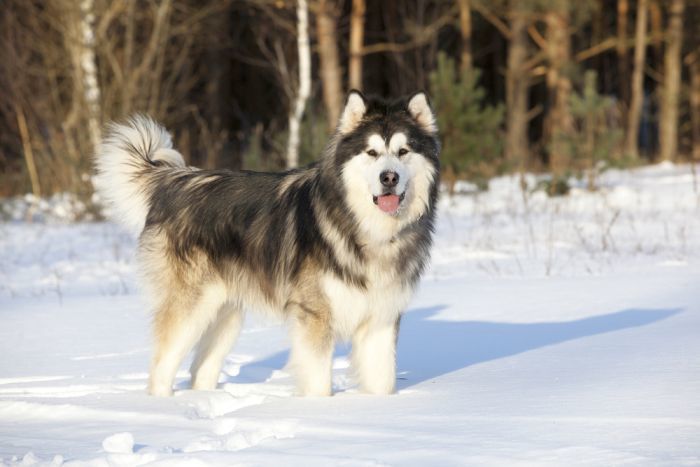
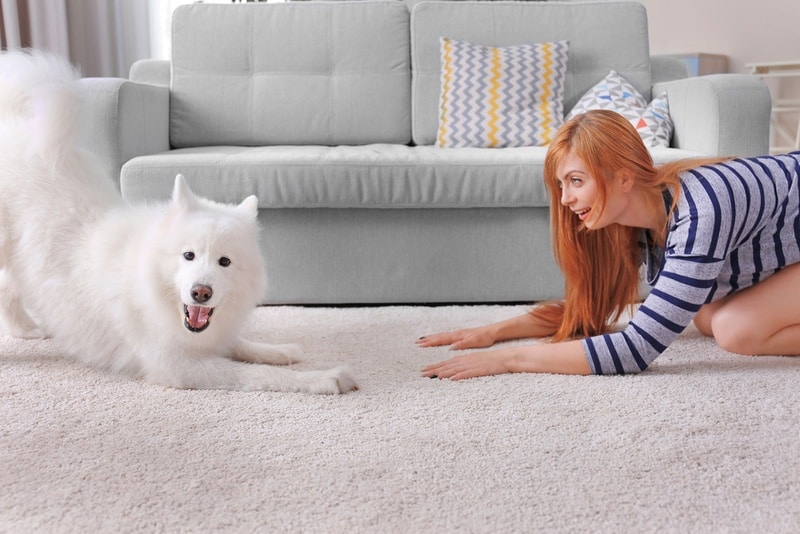
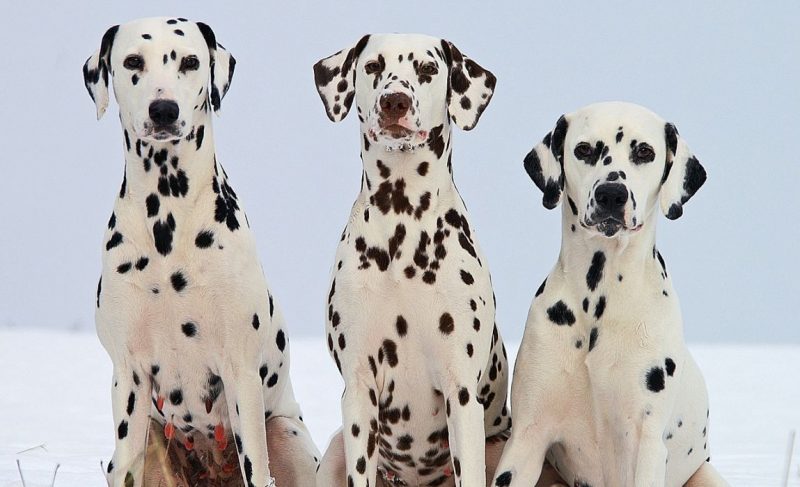

Leave a Comment